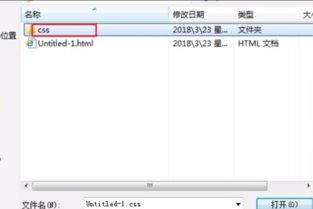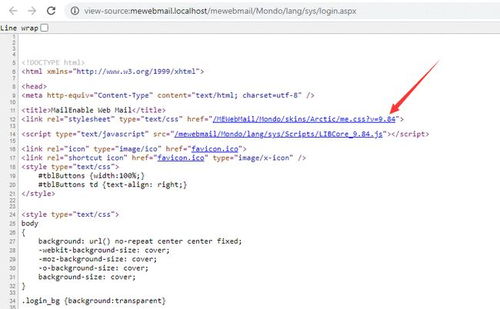Using HTML Link Stylesheet: A Comprehensive Guide
Understanding how to effectively use HTML link stylesheets is crucial for anyone looking to enhance the visual appeal and functionality of their web pages. In this detailed guide, I’ll walk you through the ins and outs of incorporating link stylesheets into your HTML documents, ensuring a seamless and aesthetically pleasing user experience.
What is a Link Stylesheet?

A link stylesheet, also known as a CSS (Cascading Style Sheets) file, is a separate document that contains styling rules for HTML elements. By linking this file to your HTML document, you can apply consistent styles across multiple pages, saving time and effort in the process.
How to Link a Stylesheet to Your HTML Document

Linking a stylesheet to your HTML document is a straightforward process. Here’s how you can do it:
- Open your HTML document in a text editor.
- Locate the <head> section of your HTML document.
- Insert the following line of code within the <head> tags:
<link rel="stylesheet" type="text/css" href="styles.css">In this code snippet, “styles.css” is the name of your CSS file. Make sure to replace it with the actual file name you’re using. The “rel” attribute specifies the relationship between the HTML document and the CSS file, while the “type” attribute indicates the MIME type of the linked resource.
Understanding CSS Selectors

CSS selectors are used to target specific HTML elements and apply styles to them. Here are some common types of CSS selectors:
- Element selectors: Target elements by their tag name, such as <h1>, <p>, and <div>.
- ID selectors: Target elements with a specific ID attribute, such as header.
- Class selectors: Target elements with a specific class attribute, such as .menu.
- Attribute selectors: Target elements based on their attribute values, such as [type=”text”].
Styling HTML Elements with CSS
Once you’ve linked your stylesheet to your HTML document, you can start styling elements using CSS. Here’s an example of how to apply styles to a heading and a paragraph:
/ styles.css /h1 { color: 333; font-size: 24px;}p { color: 666; font-size: 16px;}In this example, the <h1> element will have a dark gray color and a font size of 24 pixels, while the <p> element will have a light gray color and a font size of 16 pixels.
Responsive Design with Media Queries
Creating a responsive website that looks great on various devices is essential. Media queries allow you to apply different styles based on the screen size of the device. Here’s an example of how to use media queries to adjust the font size of a heading on smaller screens:
/ styles.css /@media (max-width: 600px) { h1 { font-size: 20px; }}This media query targets screens with a maximum width of 600 pixels and sets the font size of the <h1> element to 20 pixels.
Advanced CSS Techniques
As you become more comfortable with CSS, you can explore advanced techniques to enhance your website’s design. Here are a few examples:
- Flexbox: A layout model that provides a more efficient way to lay out, align, and distribute space among items in a container, even when their size is unknown or dynamic.
- Grid: A two-dimensional layout system for the web, allowing you to create complex layouts with ease.
- Animations: Adding motion to your website can make it more engaging and visually appealing.
Conclusion
Using HTML link stylesheets is a powerful way to enhance the appearance and functionality of your web pages. By understanding how to link a stylesheet

















